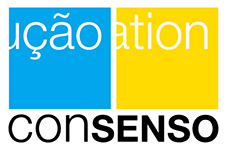Cultural Nuances in Translation: More Than Just Words

When translating for global audiences, it is essential to understand that effective communication goes beyond literal, word-for-word translation. Cultural nuances play a crucial role, and addressing them requires more than linguistic fluency.
Our approach focuses on two main pillars:
Native Expertise & Local Experience
Our project managers don’t just rely on mother-tongue translators; we also ensure that they live, or have lived until recently, in the target country. This is vital because language evolves with cultural trends, and translators who are immersed in the local environment naturally understand the preferences, terminologies, and sensitivities of their audience. This helps avoid missteps like using outdated phrases or inappropriate terminology that could alienate the audience.
Client Collaboration & Adaptation
When localizing a brand’s content, it’s not just about translation. Our linguists collaborate closely with the brand’s local representatives to ensure that tone, terminology, and imagery align with local expectations. If adjustments are needed—for instance, to adapt a slogan or modify the tone for a specific market—we ensure that the changes are made in a way that maintains brand consistency while respecting cultural expectations.
Do’s and Don’ts
– Do ensure that the tone and terminology resonate with the local audience and are culturally appropriate.
– Don’t assume that phrases that work in one country will automatically work in another without modification.
By integrating deep cultural knowledge and maintaining direct communication with brand representatives, we ensure that our translations not only convey the right message but also align with the culture and values of the target market.
Should you have any doubts or suggestions, feel free to contact us.
Contact Us:



